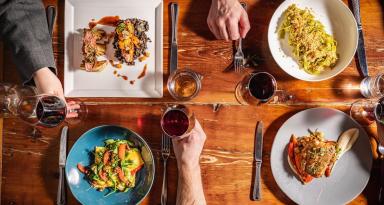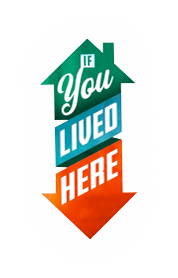
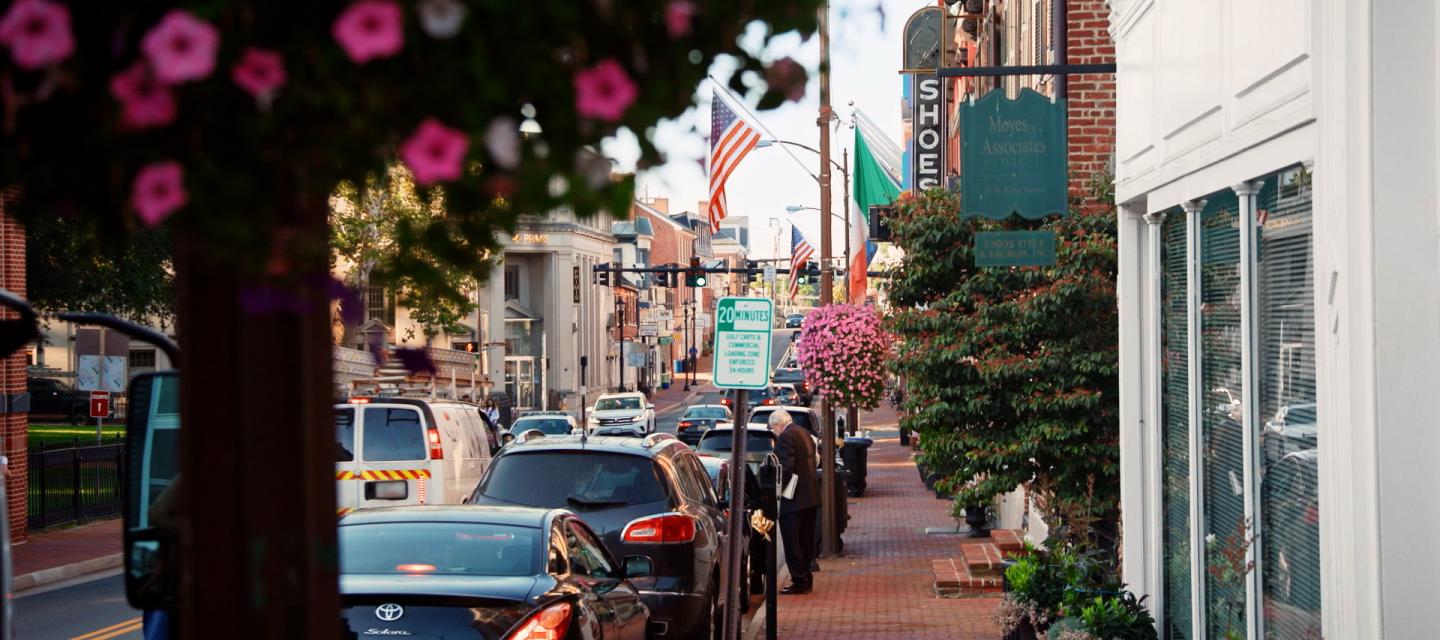
Virginia
Leesburg
European settlement of what is now Leesburg began in the 1730s, around the intersection of Potomac Ridge Road (now Virginia State Route 7) and Carolina Road (now U.S. Route 15). A couple of decades later, the Virginia Assembly picked the settlement as the location of the new Loudoun County Courthouse. A settler named Nicholas Minor, who owned the land, hired a surveyor to lay out a town that he initially called George Town, though the name was soon changed to Leesburg in honor of Thomas Lee, the great grand-uncle of Gen. Robert E. Lee. By 1859, Leesburg had grown to 1,688 residents, including slaves, and during the Civil War, the town was the scene of fighting and frequently changed hands between the Confederacy and the Union. In the late 1800s, Leesburg became a railroad stop, but it wasn’t until after World War II that the town developed into a booming Washington suburb that also strived to preserve its downtown’s historic character. Leesburg’s residential architecture is a mix of different periods, ranging from old Federal style Victorian, Italiante, Queen Anne and Colonial Revival homes to newer townhouses and condos.
Snapshot
- Population 49,000
- Median Home Price $677,000
- Median Age 35
-
Walk Score
36 -
Transit Score
50 -
Bike Score
44
Neighborhood stats and Walk Scores are provided by third party Walk Score.
Public Transportation
-
Metro: Ashburn
Visit WebsiteSV
- Loudon County Transit Visit website
Explore Homes in Leesburg
-
Lower Market Watson Road
BR 2.0
BA 1.1
SQ FT 1500
Built Circa 1790
-
Mid Market Mill Site Place
BR 5.0
BA 4.1
SQ FT 6400
Built 2002
-
Upper Market Lost Corner Rd
BR 4.0
BA 5.0
SQ FT 4000
Built 2014
Popular Restaurants
History & Culture of Leesburg
More virginia Neighborhoods
-
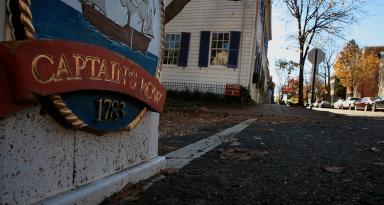
Virginia
Old Town Alexandria
-
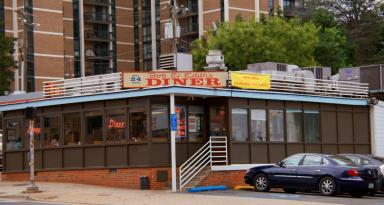
Virginia
Columbia Pike/Lake Barcroft
-
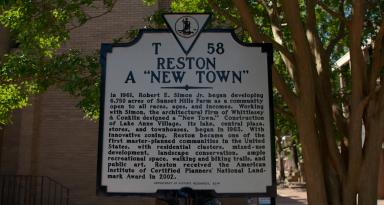
Virginia
Reston
